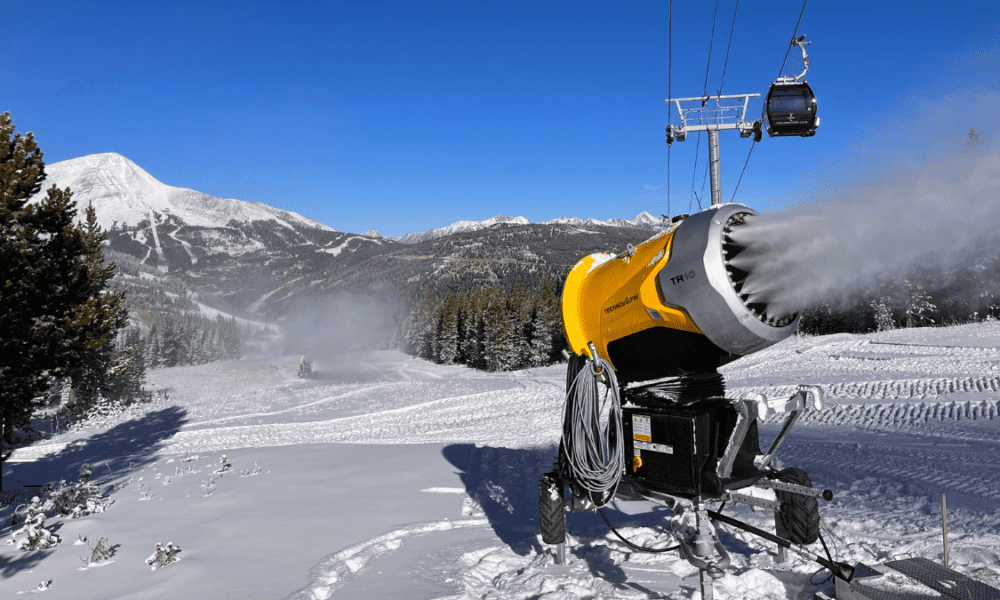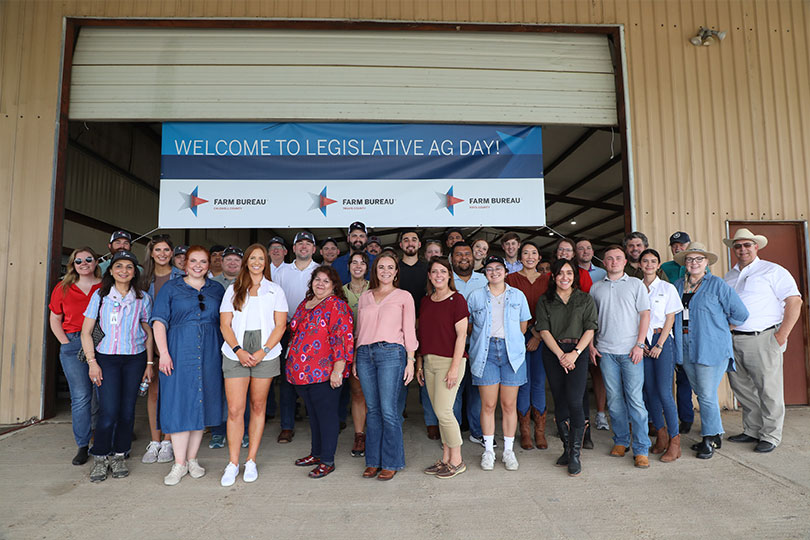Regardless of where it happens, Cathy Whitlock said, every ton of carbon dioxide added to the atmosphere will boost the likelihood of extreme weather in Montana, setting up repeats of the 2017 wildfires that burned nearly 5 million acres across the state and the 2022 flooding that wiped out roads, bridges and buildings along the Yellowstone River.
The climate scientist was making a point that Montana’s government is attempting to refute, as it defends itself in a lawsuit alleging its policy of ignoring greenhouse gas emissions is hurting the state’s young residents.
“Montana’s promotion of fossil fuel production is making the problem worse, because every ton of carbon CO2 makes a difference,” Whitlock testified Tuesday, the second day of a two-week trial taking place in Lewis and Clark County District Court.
Whitlock, a Montana State University earth sciences professor emerita and founder of the Montana Institute on Ecosystems, spent the morning testifying as an expert witness for the 16 youth plaintiffs in the case, which was filed in 2020. It’s captured national attention as the first of dozens of similar lawsuits across the country to make it to trial.
People are also reading…
Building on Monday’s overview of how greenhouse gas emissions drive climate change, Whitlock provided examples of how the global processes are already underway in Montana.
The state has been aware of climate change for decades, Whitlock testified, referring in part to the conclusions from the first state-produced climate report in 2007. Since then, she said, the impacts — a direct result of greenhouse gas emissions like those produced by fossil fuel consumption in Montana — have only accelerated.
“We’re seeing warming at a greater rate, we’re seeing more wildfires, we’re seeing greater loss of snowpack, we’re seeing extreme droughts,” Whitlock told the court.
With the increased presence of heat-trapping molecules like carbon dioxide and methane in Earth’s atmosphere, the average annual temperatures have increased 2.1 degrees globally since the late 1800s, according to the expert report coauthored by Whitlock. And they’re rising fastest in high latitudes and at high elevations, she explained, part of the reason Montana’s average annual temperature rose about 2.7 degrees between 1950 and 2015.
But those increases aren’t shared equally across the state or throughout the seasons. In the winter, the state’s average temperature has risen 3.6 degrees during that time, according to Whitlock’s research. And the overall biggest jumps in annual average temperature are being experienced in the north-central and northeastern parts of the state.
The state of Montana, along with its governor, attorney general and several agencies are defendants in the case. The state’s attorneys have mostly avoided arguing the global or statewide temperature trends, or whether they are attributable to greenhouse gas emissions.
But during the trial’s first two days, they’ve suggested that even if the state put a halt to every activity that adds carbon dioxide to the atmosphere, it wouldn’t make a difference to the plaintiffs, given the sheer scale of global emissions.
“If Montana just stopped emitting CO2 today, every farmer threw in their keys to their tractors, I even handed you my keys, and we stopped, as of this point today, would you agree that would not have an impact on global GHGs?” he asked Whitlock during his cross-examination.
Whitlock disagreed, and added it “would be a good step forward in trying to bring the climate system into equilibrium and stability.”
The plaintiffs argue that the state’s failure to address greenhouse gas emissions is having a direct impact on Montana’s youth. The impacts of climate change are damaging their physical and emotional health, along with their prospects of future livelihoods and preservation of cultural traditions.
They’re asking the judge in the case, Kathy Seeley, to strike down a portion of state law prohibiting consideration of greenhouse gas emissions as a violation of their right to a “clean and healthful environment” under the state constitution.
Steven Running, a retired University of Montana professor and globally renowned climate scientist, had testified a day earlier that while higher temperatures in deserts and other arid regions tend to intensify that dryness, wet regions are actually getting wetter.
“Warmer air can hold more water vapor,” Running explained. “So if the atmosphere is warming up, if there’s water around, like out in the ocean, or the Amazon … then it evaporates more water into the clouds and those clouds go over and then rain harder.”
In Montana, which straddles the Continental Divide and includes a range of elevations and climactic conditions, the overall picture isn’t so black-and-white. Whitlock testified Tuesday that overall annual precipitation hasn’t changed much. If anything, it’s increased and is projected to continue modestly in that direction as the Earth continues to heat up.
Where the changes in precipitation are most acute are in the seasonal fluctuations. According to Whitlock, summers and winters are growing drier, while the shoulder seasons are growing wetter.
That means potentially devastating spring floods, like those that tore through Red Lodge and caused the Yellowstone River to jump its banks near Gardiner last year, will become more commonplace.
“We also get these rain-on-snow events, so we already have kind of a wet snowpack in the spring and we put warm rain on top of it,” Whitlock said. “It melts really fast, the ground is already saturated, so the water has no choice but to roar down the hillsides into the streams.”
One of the plaintiffs, 17-year-old Eva Lighthiser, testified Monday before about the “Tsunami of 2018,” when a fast-melting snowpack caused the Shields River to flood in May. It damaged the bridge near her family’s home, rendering it unsafe for vehicle traffic and forcing them to keep a vehicle parked on either side in order to get to town.
Park County built a temporary bridge for residents to use until it too fell victim to floodwaters. That bridge was completely destroyed by an unexpectedly early spring runoff event the following March, according to the lawsuit.
“We had to be more strategic about when we left home and we had to make sure we brought everything we needed for the day, and yeah, there was just all this added stress,” Lighthiser said.
It was the major reason they subsequently left their home and relocated to Livingston, she added.
Meanwhile, summers and winters have been getting drier, meaning less rainfall when wildfire conditions are at their worst, and less water moisture up in snowfields and glaciers to be released steadily over the course of the year.
The latter is what retired U.S. Geological Survey scientist Dan Fagre calls “mountain water towers.” In the Western U.S., he said, high-elevation snow provides about 85% of the fresh water that used by the state’s residents.
“This is kind of an ecosystem service that the mountains provide,” Fagre said. “The issue is that this free reservoir system is getting smaller and this is something to be concerned about, because we rely on it quite a bit.”
Fagre spent much of his career in Glacier National Park, documenting the retreat of the masses of ice that have sculpted the mountain landscape over the previous 7,000 years. Based on historical observations and other evidence, Fagre’s research indicates there were 146 glaciers within the park’s boundaries 150 years ago.
It’s one of the most visible indicators of a long-term warming trend, Fagre testified. Glaciers are formed by snowfall accumulating and compacting over time into fields of ice so massive that their weight changes the consistency of the ice on the bottom. The base softens under all that pressure, allowing the glacier to slowly flow over and carve the land.
Given the relatively stable precipitation levels over time, Fagre said those glaciers would also be stable or growing slightly if average temperatures weren’t increasing. Instead, the overall surface area of glaciers within the park has shrunk by 70% since 1850, he said.
“Glaciers are going bankrupt, because they’re spending more than they’re getting,” Fagre said.
That goes for agricultural water supply as well, Whitlock testified. While she acknowledged some benefits from a changing climate — a longer growing season, or the ability to grow cantaloupes in the Mission Valley — there will also be more extreme weather events, higher odds of droughts and less certainty that water will be available at the end of the summer.
In 2017, for instance, she said a “flash drought” that unexpectedly gripped much of the state caused an estimated $2.6 billion in crop damage.
“The negatives, I think, outweigh the positives in many ways,” Whitlock said.


































